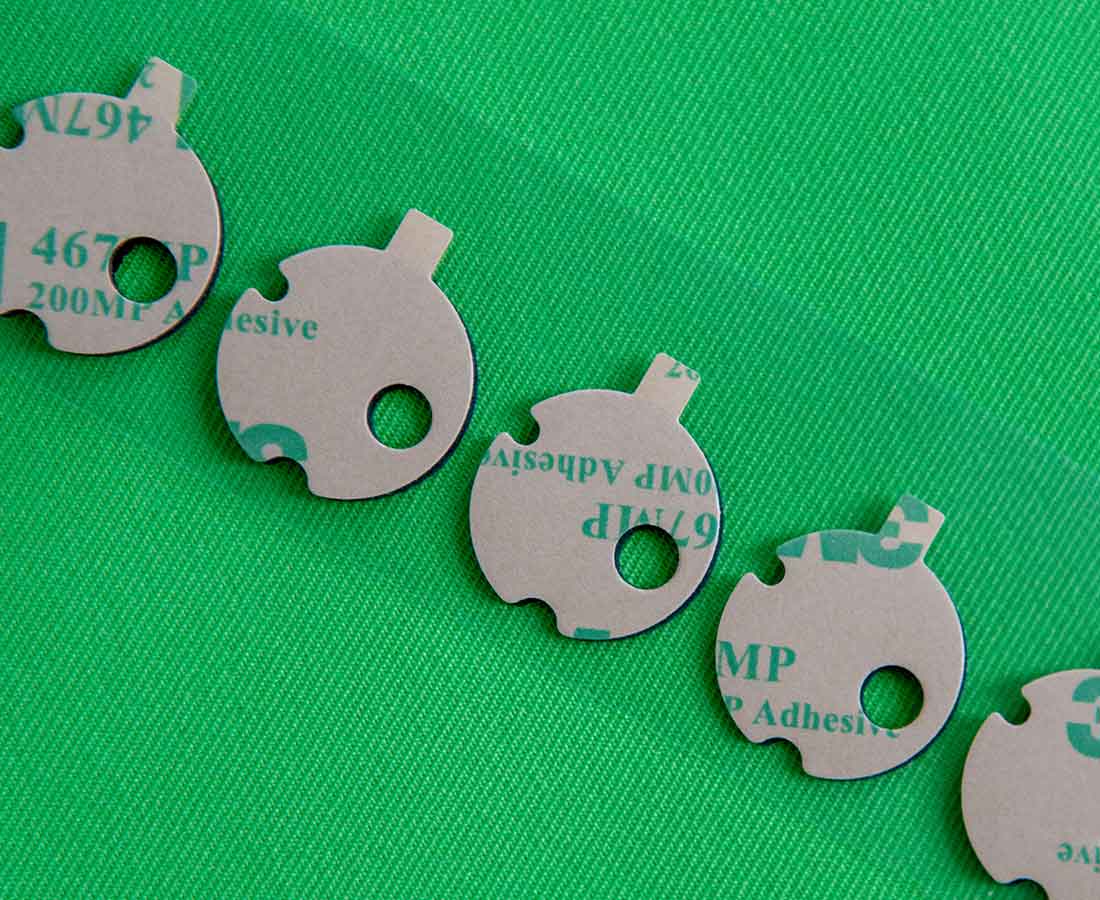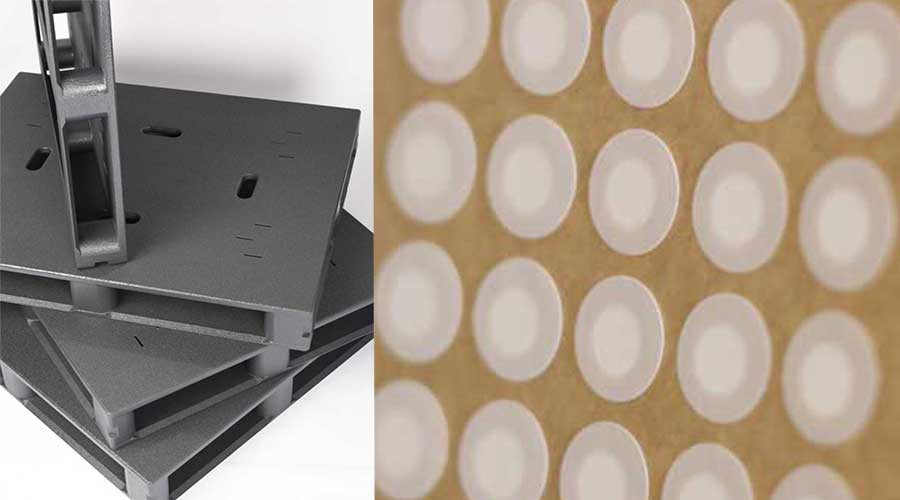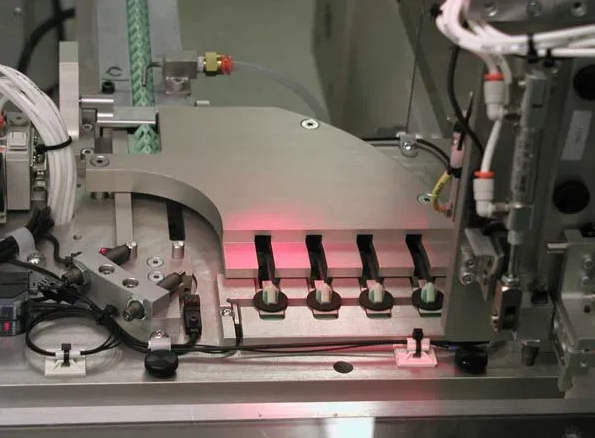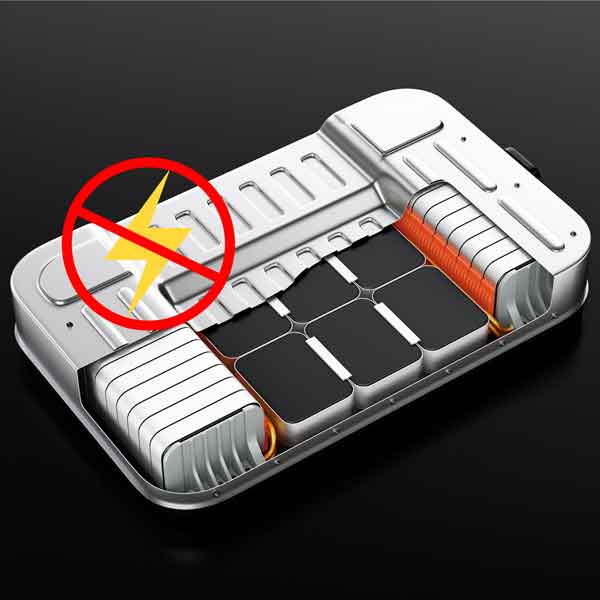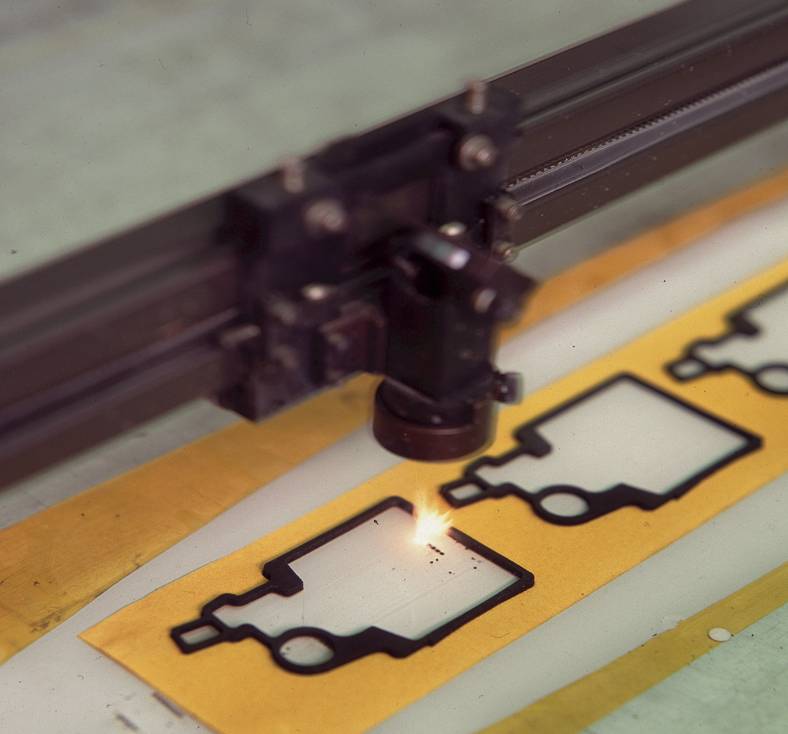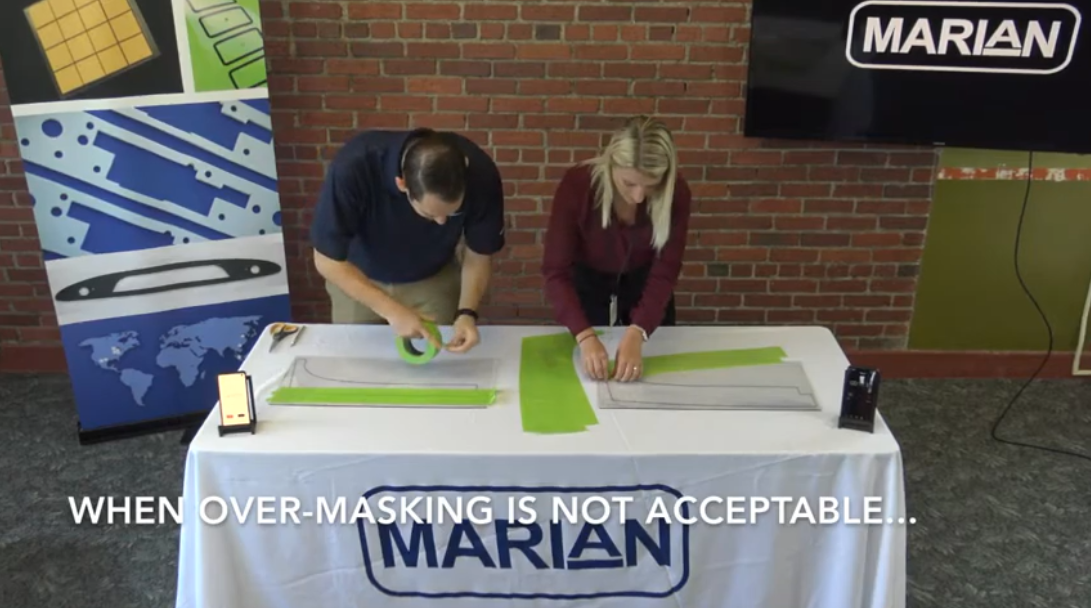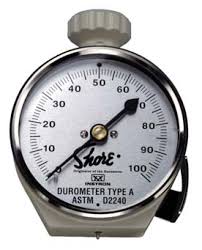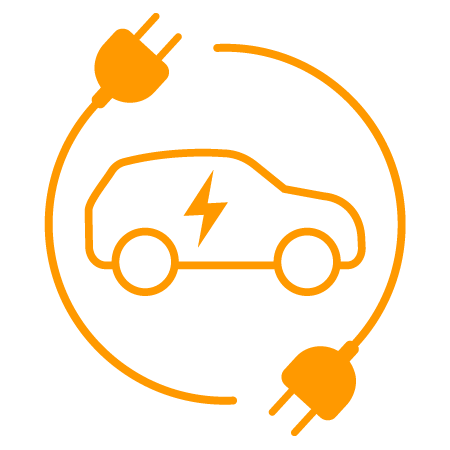Topics: Acrylic Foam Tape, die cutting, Application Story, 3M, 3m tape
Sealed Devices: Venting Solutions for IP Rated Enclosures
Posted by Katie Sullivan
December 11, 2019 10:00 AM
IP Rated Enclosures: Venting Solutions
Sensors, controllers, and other electronic elements are being integrated into devices across virtually every industry. Many of these products are made for use in conditions where they may be exposed to extreme temperatures, rain, wind, dust, and moisture. (See application story about "smart" shipping pallets linked at the bottom of this post.) Designing such products requires that the container or enclosure holding the electronic components be completely sealed. Exposure to harsh elements could cause a product failure.
Topics: Pressure Sensitive Adhesive, manufacturing techniques, IP Rating, Vent Material, Automated Assembly, ingress protection, PTFE membrane
Custom Die-cut Parts for Automated Assembly
Among numerous assembly options, automated assembly is often the method of choice for many of our customers. Automated placement is used for projects with very high volumes where precise placement is critical. Automated assembly can also significantly increase assembly speed and efficiency.
Marian designs and manufactures custom components to fit seamlessly into our customers’ automated assembly process. We can modify many different aspects of the final part and packaging from liner type, part spacing and orientation, and quantity of parts per roll.
Topics: Foams, die cutting, AccuPlace, Automated Assembly
Improvements are being made to the lithium-ion batteries used in electric vehicles. Auto makers are developing more powerful lithium-ion batteries that have increased range and charge more rapidly. Along with these improvements, enhancing safety has becoming increasingly urgent for electric vehicle development.
As mentioned in our previous blog post, 11 Considerations when Selecting Thermal Interface Materials for Electric Vehicle Li-Ion Batteries, Li-ion batteries produce a significant amount of heat while in use and while charging. Along with the use of thermal management materials, placing protective engineered flame-retardant insulating materials between the components of the battery cell, module, and pack can offer additional thermal and electrical insulating protection. However, adding such materials can be challenging due to space and weight constraints.
In this post, we outline four materials that can enhance the safety of lithium-ion batteries used in electric vehicles. Some shared characteristics of these four materials are listed below.
- ultra-thin
- lightweight
- electrically and thermally insulating
- flame retardant
- can be die-cut and laminated with PSA
Read further for additional detail about each material.
Topics: Thermal Management, EV, HEV, battery, Material selection, Insulators
Rapid Prototyping Methods - Advantages and Disadvantages
Posted by Katie Sullivan
August 12, 2019 9:00 AM
Prototypes are typically produced in relatively small quantities and used by our customers to verify design, evaluate material choices, and build prototypes of their assembly.
Topics: manufacturing techniques, die cutting, prototype, Laser cutting
How to Mask with Die-Cuts vs. Strips: Video Demonstration
Posted by Katie Sullivan
July 26, 2019 3:49 PM
Paint masking can be a tedious process. When masking an area with precision and over-masking is unacceptable, custom die-cut masks prove to be the best solution. Die-cut masks are pre-cut pieces of masking tape that are made to the exact size and shape of the surface area in need of masking. This video shows a direct comparison of the masking process with strips/knife versus masking with a die-cut part with a split liner. You'll see this demonstration proves that masking with a custom die-cut is easier, faster, more accurate, and safer.
Topics: Pressure Sensitive Adhesive, Masking, Die-Cut Masking, 3M
Topics: Foams, Compression Force Deflection, PORON, Elastomers, Material selection
PORON EVExtend® For Use In EV/HEV Li-ion Pouch Cell Batteries
Posted by Katie Sullivan
May 29, 2019 1:01 PM
Materials for Battery Solutions - PORON EVExtend®
Our valued material supplier, Rogers Corporation, has released PORON EVExtend® polyurethane foam material. This material is ideal for battery pads for EV/HEV li-ion pouch cell batteries. The EXExtend 4701-43HBF offers an increased flammability rating of HBF, or HF1 (product dependent).
Topics: Foams, PORON, EV, HEV, Material selection, Thermal Gap Filler Pads, Thermal Gap Pad
From Locations Across the World, Marian Delivers a Successful Solution to HumanWare
It's difficult to prove the true value of working with a company that has a large global footprint. This application story demonstrates how Marian's global footprint paired with quick action by our material experts resulted in an effective solution for HumanWare, who was on a tight timeline.
In just 7 days from initial contact, Marian was able to work through the design and material selection processes, rapidly manufacture prototypes, and deliver a preliminary order of die-cut parts. Keep reading to learn more.
Topics: die cutting, Application Story, Global Footprint
11 Considerations When Selecting TIM for EV Li-ion Battery
Posted by Katie Sullivan
March 22, 2019 8:06 AM
11 Considerations When Selecting Thermal Interface Materials for Electric Vehicle Li-ion Battery
Currently, lithium-ion (li-ion) batteries are the most common type of battery used to power electric vehicles. Today's market is demanding that batteries charge faster and last longer. Because li-ion batteries produce significant heat when in use and charging, thermal management is critical. Excessive heat can cause irreparable damage to the battery.
Topics: Thermal Management, EV, HEV, battery, Material selection

